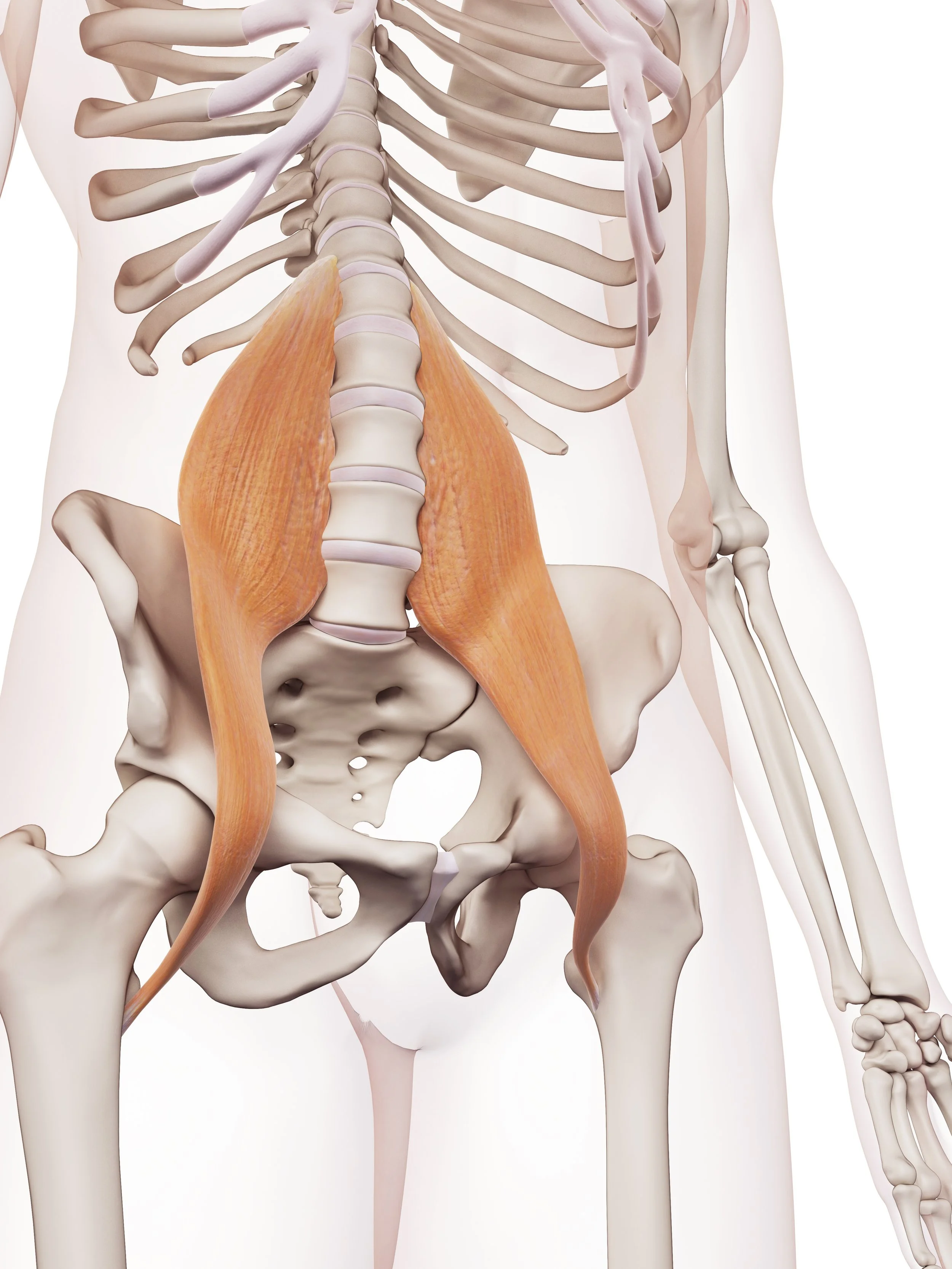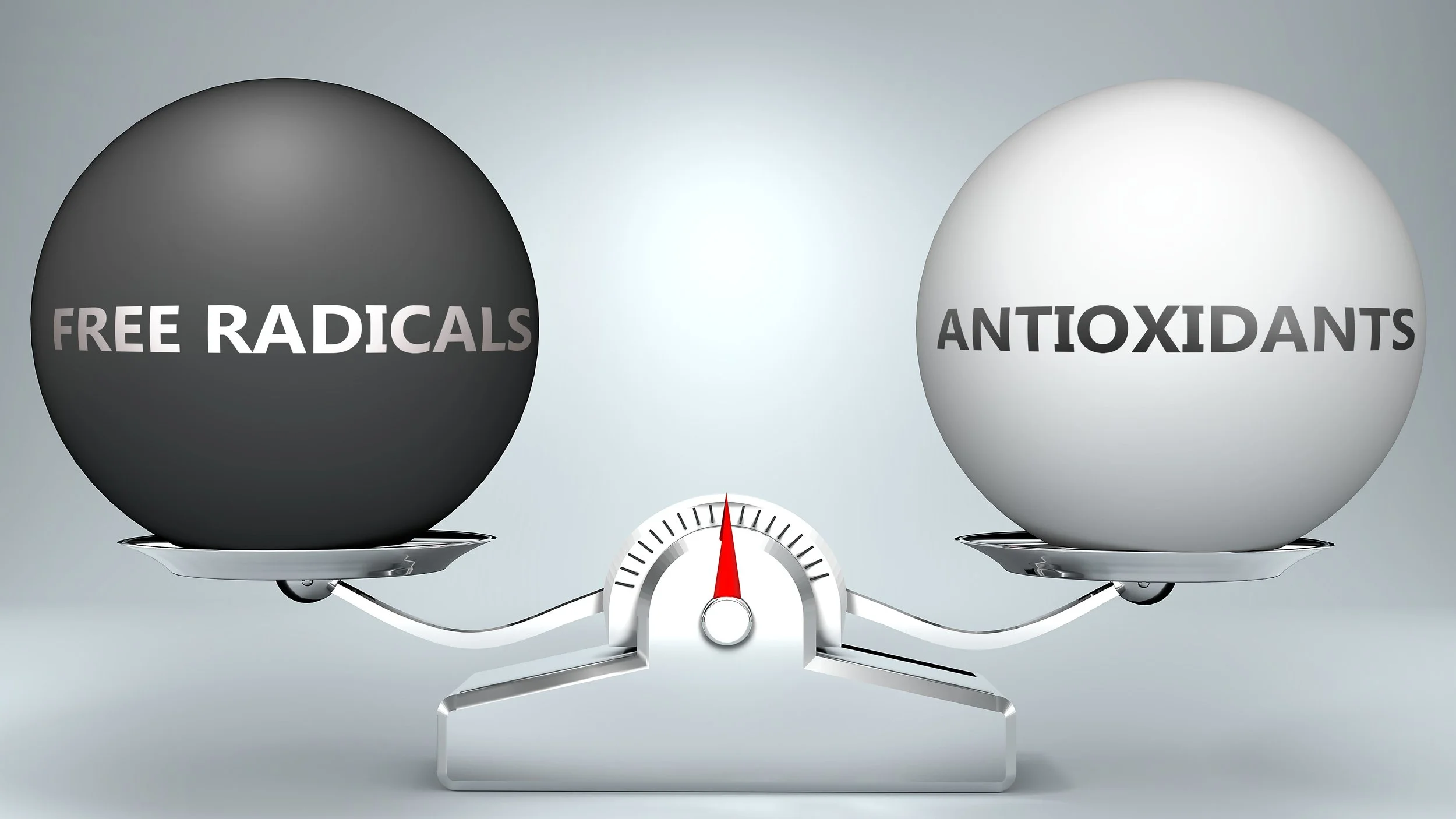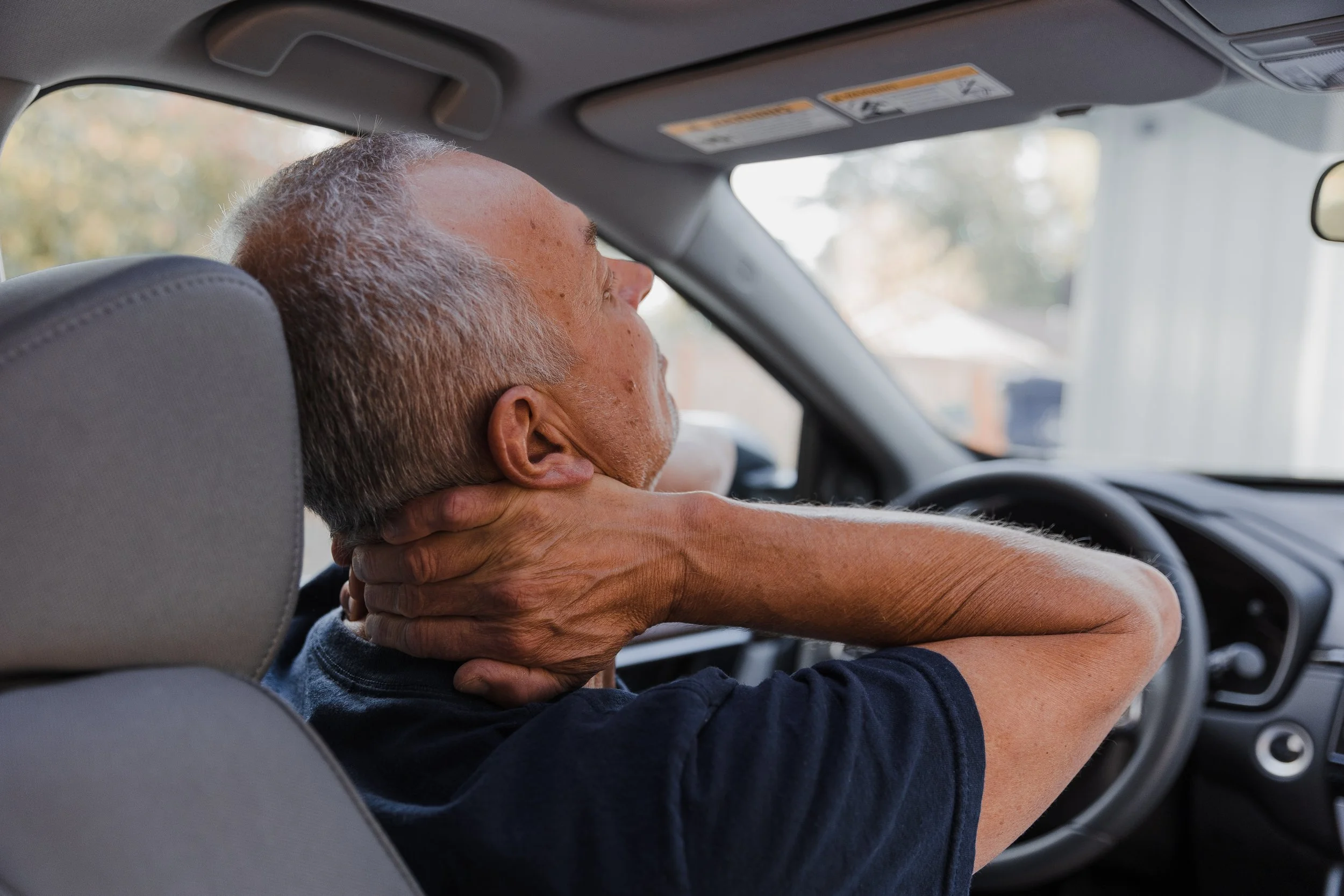Lymphedema: Common Questions
This is the first of a group of blogs on lymphedema that I want to write. In later blogs I will probably focus on specific aspects of the disease, treatment, management, etc., so I decided to start with a more general Q and A as a basis for future articles. In a chiropractic and massage therapy clinical setting, most patients that come in with swelling complaints have post-injury or post-surgical swelling that has become chronic. There is a range of treatment with these patients, from conservative to more intensive depending on how their swelling has presented and progressed. This will be discussed in more depth in a future article. The information below is for readers to get a general grasp on what is going on when swelling occurs.
What is lymphedema? Lymphedema is a certain type of swelling that results from dysfunction of, or damage to, the lymphatic system. Our bodies drain water, waste products, proteins, and other substances from our tissues via a network of vessels that make up the lymphatic system. This system is especially designed to pick up, filter, and transport lymph fluid back the heart to reenter blood circulation. If damage occurs to lymphatic vessels or lymph nodes (the immune powerhouses that kill harmful cells, bad bacteria, and viruses found in the lymph fluid) swelling can occur in nearby tissues as a result. Lymphedema is a progressive disease because once a certain level of damage takes place, lymphatic tissue repair can no longer occur.
Is lymphedema treatable? Yes, it is treatable. It is important to state that lymphedema is not curable; that being said, it has been successfully managed by many patients. The goal of treatment is to get the area of swelling back to as close-to-normal size as possible. This is achieved with a treatment called Complete Decongestive Therapy.
Which people have a risk of developing lymphedema? The people at highest risk for developing lymphedema are those that have had lymph node removal, radiation therapy, or severe injuries. People who have had mild to moderate injuries have a lesser chance of developing long-term swelling, although it is somewhat common. Some people who have issues with poor venous blood return in their legs also may be at risk, because blood pooling causes a higher load of water for the lymphatic system to remove. Over time this can cause the lymphatic system in the legs to become diseased, and swelling can occur.
What types of swelling are not lymphedema? Some systemic diseases such as congestive heart failure, kidney failure, and abnormally low blood protein levels can cause water accumulation in the tissues (swelling). In these cases, swelling will always manifest on both sides of the body equally, unlike lymphedema. This is because the lymphatic system is functioning normally, while the underlying conditions are the cause of the swelling.
Images used courtesy of Wikimedia Commons





